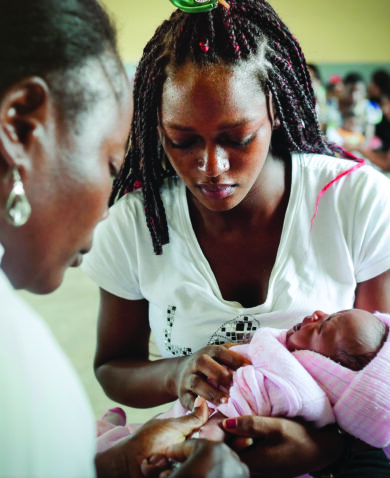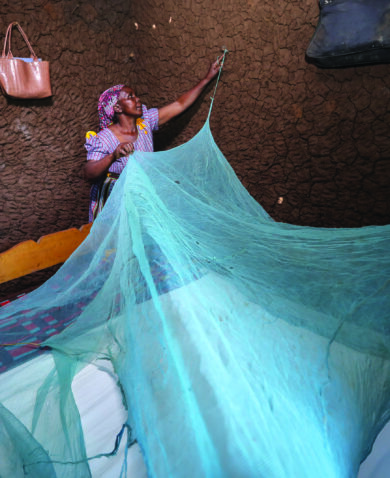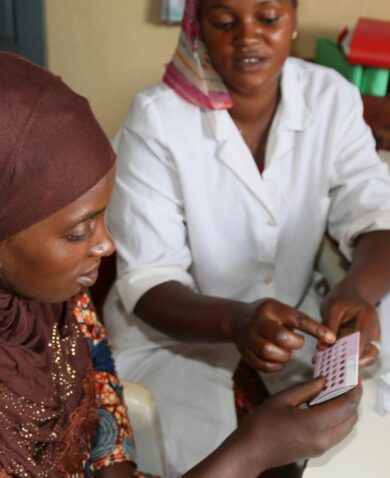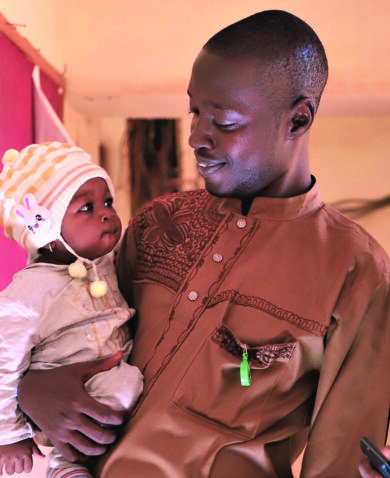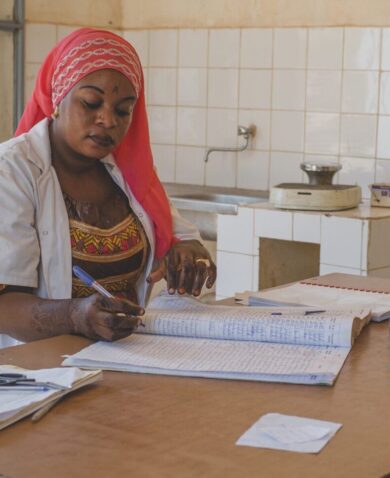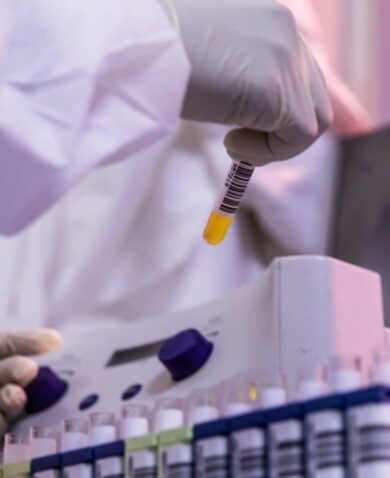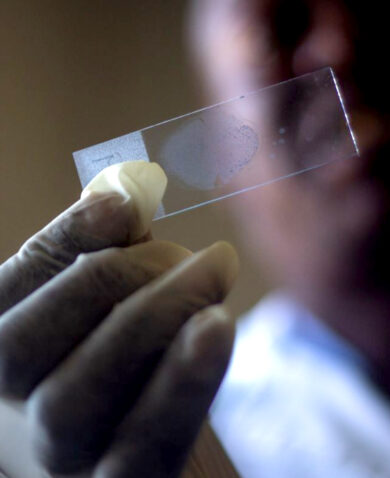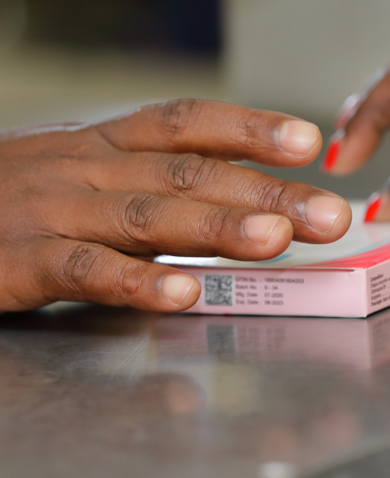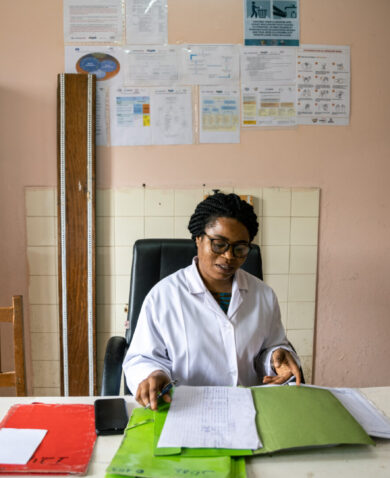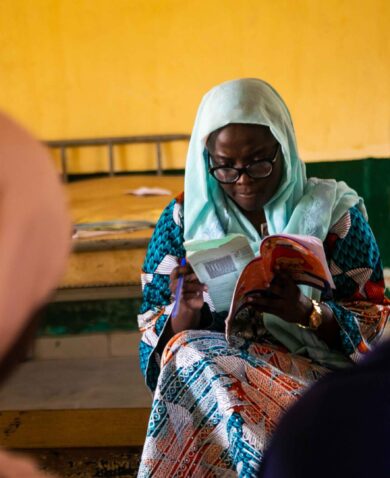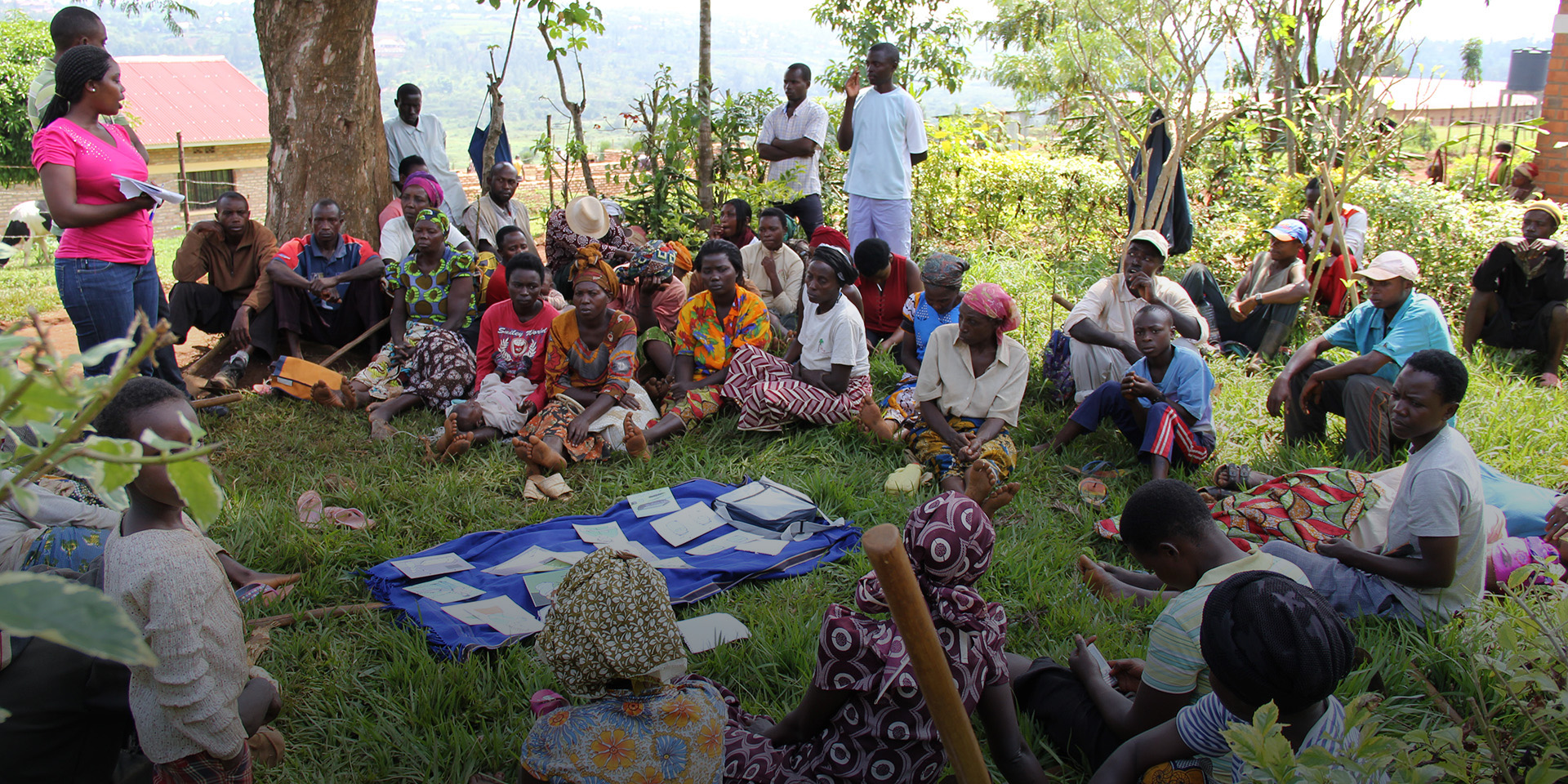
3 Questions with Doris Youngs on Health Care Delivery in Rwanda
June 25, 2015 | 3 Minute ReadWhile some health projects focus on one specific area, “family health” refers to a whole package of services (family planning and reproductive health, HIV/AIDS, maternal, neonatal and child health, malaria prevention and treatment, nutrition, safe water and hygiene, and tuberculosis treatment). Why is it important to offer care in this integrated way?
Siloes may make management easier when you’re not in the field. In the field, things get integrated simply because many times you will have the same health care provider responding to different health needs. For example, if you go to a health center to get tested for HIV, the provider is not going to ignore the fact that you also have pneumonia, or that your child has diarrhea. You’re there, and when you show up you have a multitude of health needs. So it’s about maximizing the opportunity of that interaction with the health provider.
Integration has an impact on everything – the way you set up your health services, the way you orient and train your health care provider, your clinical protocols etc. We find integration saves time, saves level of effort, saves financial and human resources. Resources are always limited. These savings allow us to treat more patients and to save more lives. It helps us understand each element of the system and how they complement each other. Integration allows one to look at resources in a different way that usually leads to better planning and focus.
What is one lesson from your experience that you feel has been really critical in Rwanda?
There are so many lessons at every level, but for me, the biggest lesson is the power of the health worker at the community level. It’s so important to involve the communities in the selection of these health workers. Rwanda has around 45,000 volunteer community health workers that provide primary health care services across the country. They are elected by their communities so they are already highly regarded and have the advantage of having the confidence of the community. They usually come in extremely excited and energized about benefiting their communities. Even though they are not paid, they spend many hours providing essential support such as counseling and providing family planning, monitoring children’s growth, testing and treatment for malaria and addressing gender based violence.
Community health workers are a great resource and can do so many things when trained properly. Most of them do not have a high level of education, but their energy and commitment when channeled properly have such a huge impact on the health indicators. In my opinion, they are a key factor why health indicators in Rwanda have improved so drastically in the last few years, and why Rwanda was able to meet many of the MDG health targets.
What is new or different about what this project is doing that could be interesting or have implications for other countries or other health initiatives?
For us, the guiding principle of the Family Health Project is that you never create parallel systems. Because once you create parallel systems, sustainability becomes an issue. It is always better to work within the system that exists if possible and support and strengthen from within. This way you are not adding an extra financial and human resources burden that is not sustainable and will collapse after you leave. Sustainability is an integral part of doing business from day one and not an afterthought towards the end of the project.
We also put a special focus on quality data and monitoring and evaluation. Nothing is more powerful to a mayor or vice-mayor than the ability to use accurate data to make a decision to improve the lives of the people in their districts. It is important that data is accurate and that we have quality checks at every level throughout the data collection process that flows from the community to the health centers, and from the health centers to the hospitals and from the hospitals to the national health information management system. This way results are documented, emerging innovations are explored and quality data is guiding the decision making at every level of the system. In this project, this is something that we do very well.



